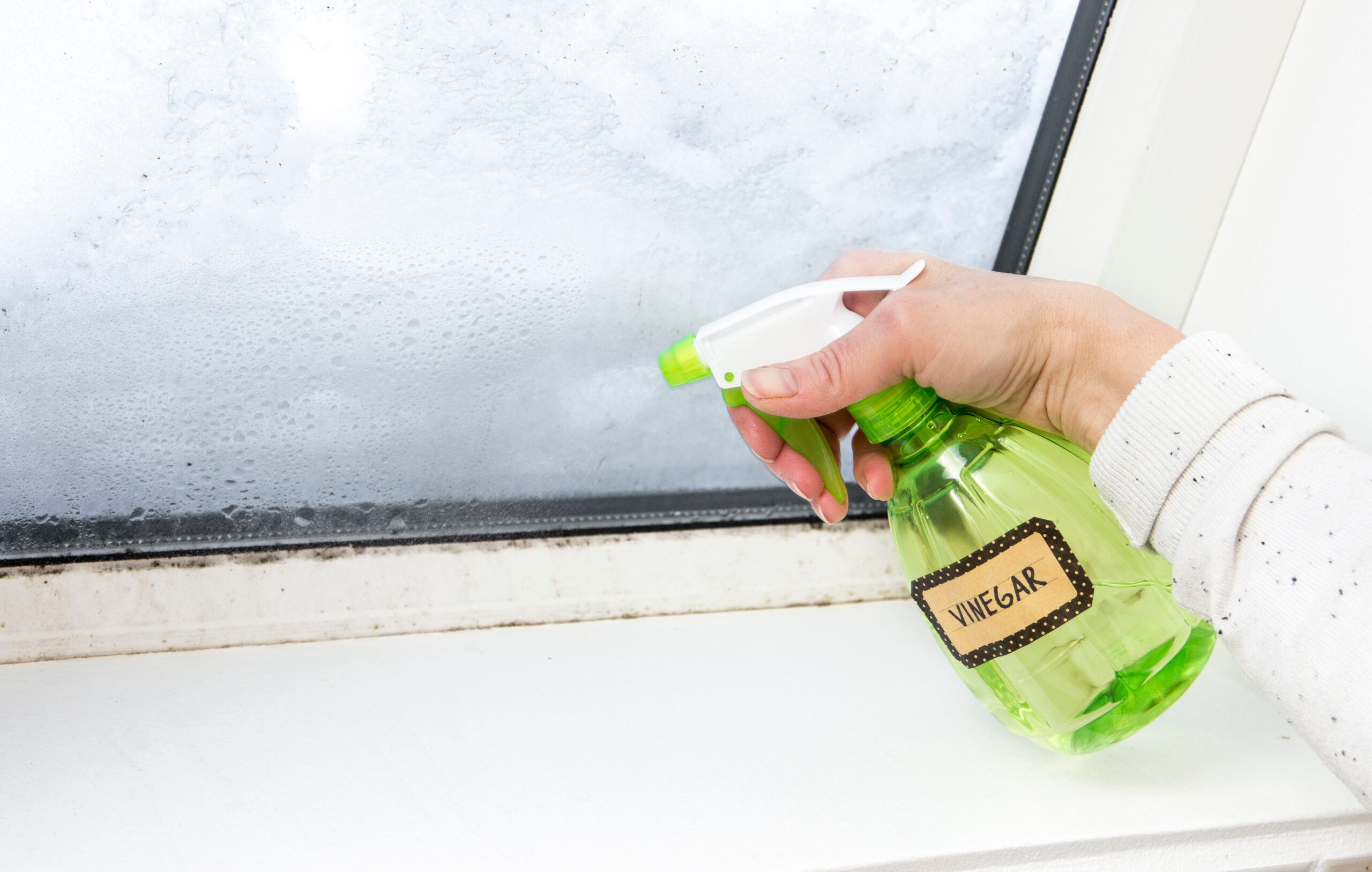
Common RV Electrical Problems And How To Fix Them
RV electrical problems are something every RVer will have to deal with at some point.
For some RVers, when they think about an electrical problem, they assume it is a job for the service center. While some major electrical issues may be over the heads of many RVers, some of the most common RV electrical problems are easy fixes.
As always, electricity can be dangerous, and you should be cautious and confident in what you are doing while working on any electrical issues.
Things You Should Have For Fixing Electrical Problems
Most RVers carry a tool kit with them for doing maintenance and small repairs. Having a few electrical tools and spare parts to add to your tool kit is a great idea.
Here are some things that will help in the event of having to find and fix some common RV electrical problems:
- Multimeter
- Test light
- Wire strippers
- Electrical tape
- Variety of electrical connectors
- Extra fuses
- Extra breakers
- Extra light bulbs
- Battery terminal cleaners
With some basic tools and electrical pieces, you can fix the most common RV electrical problems. iRV2 is a great online source to help with common RV issues if you are unsure of how to find or fix problems.
Common RV Electrical Problems And How To Fix Them
Here are some of the most common RV electrical problems and how to fix them.
Battery low charge or not charging
This is a very common problem that can cause issues throughout your RV. Oftentimes, an electrical issue inside your RV may lead you down different paths of hair-pulling dead ends just to find out it was a battery issue.
The batteries are the heartbeat of your RV. Any time there is an electrical issue, a quick first check should always be your batteries.
Checking a battery for a charge is easy with a multimeter. With the meter set to DC, touch the positive and negative terminals with the two leads from the meter.
A fully charged 12-volt battery should read approximately 12.7-volts, a 6-volt battery should read approximately 6.4-volts. A battery with a charge of less than 12.5-volts is below 70% and needs to be charged. For 6-volt batteries, a reading below 6.2 indicates a charge of less than 70%. If the battery doesn’t charge to full capacity, it may be time to replace it.
RVs charge the batteries when plugged into the tow vehicle and when plugged into shore power through the converter/charger. If you have a good battery that takes and holds a charge and it’s not charging when installed, the issue likely lies with the RV charging system.
If you have a sealed battery, meaning you can’t access the fluid inside, this step won’t apply. The fluid inside batteries should be checked carefully with gloves and safety glasses. The caps on top of the battery can be pried off, and the water level inside checked. A level that completely covers all plates is required. If needed, water should be added using distilled water only!
Blown fuses and tripped breakers
One of the most common and easiest fixes is blown fuses and tripped breakers.
Most RV fuses panels have indicator lights beside the fuses that light up when a fuse blows. This is a great way to easily check for blown fuses. However, if you suspect a fuse, then it is always best to check it.
Test lights are a cheap tool that makes this as simple as touching both sides of the fuse and looking for the light to come on. This means you don’t have to remove the fuse to check it.
If you do have a blown fuse, it can take some wiggling, but they just pull out with a supplied fuse puller or needle-nose pliers.
When replacing a fuse, always replace it with the same size fuse. A larger fuse can allow too much current to pass, causing damage. Too small of a fuse will continually blow.
Breakers generally just trip and are simply reset by switching the bar from off to on. It is important to note that breakers and fuses are safety items, and are designed to trip or blow as the result of a problem with the electrical circuit.
That being said, if you have a fuse that continually blows, or a breaker that continues to trip, you need to look further into the issue rather than just continuing to replace or reset it.
Blown lightbulbs
Another common RV electrical problem is blown lightbulbs. A simple fix by just replacing the bulb.
There are a few types of bulbs used in RVs. The two most common connections will be a push-in style which simply pushes in and pulls out, and the round ends that push and twist to lock in place.
When replacing bulbs, always use the correct bulb. The type and wattage are usually stamped on the bulb. This is a great time to upgrade to LED bulbs with a longer life.
Bulbs have a life cycle and will blow, this is normal. When replacing a bulb, the end can sometimes be discolored and burnt-looking. While this is okay, it is important to look at the wire leads and make sure there is no indication of burnt wires. This could indicate a bigger problem.
RV to tow vehicle electrical plug
During your pre-trip walk around and light and brake check, if you notice a light out or your electric trailer brakes are not working, it may be an issue with your trailer plug.
If no light bulbs are blown out and the fuses are all good, you should check your trailer plug. These connections are exposed to wet weather and road grime as well as the vibrations during travel.
Regardless of which plug you have, the testing will be the same. The easiest way is with a trailer plug tester, which simply plugs in and indicates with lights which terminals are working.
If you don’t have a plug-in tester, you can use a multimeter or test light, and with the vehicle power on, test each terminal of the plug on the vehicle side. If the terminals are all good, then you know the problem is on the trailer side.
When plugged into the vehicle, the wires can be tested on the trailer side of the plug. If there is power loss, then you know there is an issue with the terminals on the trailer plug. If there is power on both sides of the plug, the issue is with wiring or grounds between the plug and the light or brakes on your RV.
RV electrical problems can be frustrating for novice RVers and even some experienced ones!
With some basic knowledge of the electrical systems and tools, many of these common RV electrical problems can be solved before your next trip and oftentimes with spare parts on hand.
Make sure you keep track of all your RV maintenance and repairs with an online tool such as RV LIFE Maintenance. Not only can you keep all of your documents in one place, but you’ll also receive timely reminders when maintenance is due to help you avoid costly repairs and potentially serious accidents.
Continue reading:



